Prototype Version 001
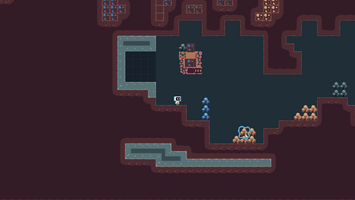
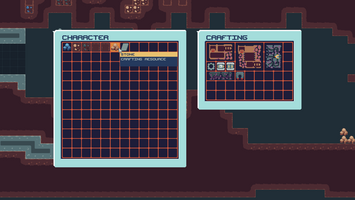
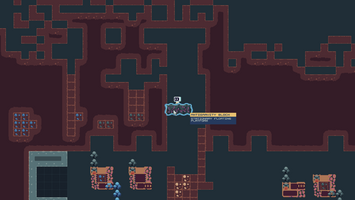
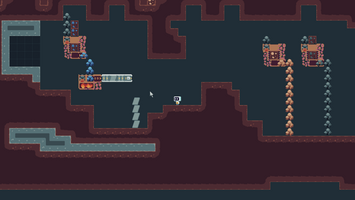
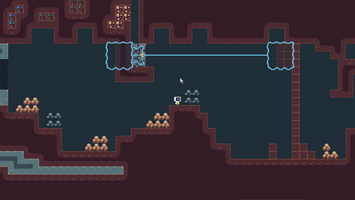
I'm happy to announce the first publicly available version of Cave Factory, my attempt at a vertical factory builder game.
Oh man, what a journey it has been. I first started this project back in February of this year. I took the core of my old platformer game, Cove Kid, and transplanted it into a more updated and sophisticated version of my cross-platform game engine. It took a few months just to iron out the kinks and get the old game working again.
From there, I spent quite a bit of time asking what it means to do a vertical factory builder. What can I get out of a game like this that I can't also get from playing Factorio? Why would I want to play this in addition to Factorio, or perhaps more ambitiously, instead of Factorio?
I toyed around with many of the core mechanics in Factorio. What do conveyor belts mean when gravity applies? How would inserters work? Will there be a physics simulation? What about liquids? Will they also be simulated?
I built a few systems and prototype machines, just to see how some of them might work. I was also introduced to a few similar entries in my game's design space, AutoForge and Sandustry. Both games take a stab at the vertical factory builder, asking similar design questions. I encourage you to check out both of those titles for some context.
Sandustry works more at the level of cellular automata. It's kind of like what Noita would be if the particles were used in an industrial process. There are many things I love about Sandustry, in particular the way the game forces you to use its physics system to do some of the automation. For example, you craft one of the items by dropping burnt sand from a high height. I love this because it's a design that commits to the verticality of the space.
AutoForge is more of a direct descendant of Factorio. The crafting doesn't involve physics at all, and crafting materials exist in a separate inventory universe, so to speak. When you put something on a conveyor-pipe, it doesn't interact with whatever is outside of it. It just gets funneled to the machine where you send it. Crafting resources don't interact with each other or the outside world. They only ever exist in the inventory-world.
I appreciate this design because systems are hard, especially systems which involve a great deal of physics simulation. I respect just noping out of that design space because it's complicated and can cause quite a few bugs.
Cave Factory is neither Sandustry nor AutoForge, but somewhere in between. I think there is potential in making the resources interact with each other and the outside world. I want to create a game where you craft things by making them interact physically, and I think some interesting automation puzzles might come out of that.
Imagine an industrial process where you have to dip an iron plate into an electrified liquid to anodize it, then dry it by dropping it from a high height. Imagine dropping a spike onto a hard outer casing from a plant's fruit to open it. Those are the kinds of industrial processes and automation problems I want this game to have in it.
Does this first version live up to that high bar? Nope. But it gets me a few steps closer to the goal. Notice how magnets only pick up certain metal items, and you will see a hint of the direction this game goes.
In Cave Factory, the crafting resources and machines interact with each other. Crafting resources are not shepherded away, invsible to the world in a separate inventory universe. They are a part of the world, and their properties affect how machines operate on them and how they interact with each other. That's the vision.
If you find this kind of game interesting, leave a comment below. I'd love to hear what kinds of things you would like to see in a game like this. And stay tuned as new iterations of Cave Factory become publicly available.
Files
Get Cave Factory
Cave Factory
Build a sprawling underground factory
| Status | Prototype |
| Author | Ted Bendixson |
| Genre | Simulation, Platformer |
| Tags | 2D, Automation, Crafting, Gravity, Physics, Pixel Art, Sandbox, Sci-fi, Singleplayer |
More posts
- Maybe it isn't so hard to make a game engine anymore36 days ago
- Firefox Browser Bug Fixes36 days ago
- Web Build Available37 days ago
- Additional bug fixes48 days ago
- Patch 00150 days ago
Leave a comment
Log in with itch.io to leave a comment.